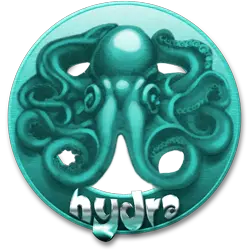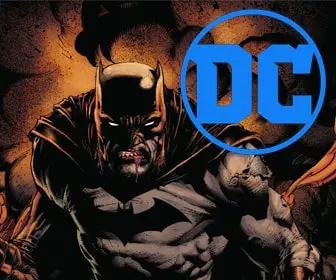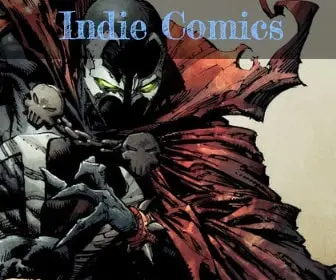
Pricing Your Self-Published Comic for Success

How to Price Your Self-Published Comic Book
Self-publishing your comic book can feel rewarding, but one of the hardest parts is figuring out how to price it. Setting the right price will not only help you cover your production costs but also appeal to your readers. If you price it too high, people may hesitate to buy. If you price it too low, you might not make enough profit. Here’s a guide to help you price your comic book wisely.
1. Know Your Costs
Before setting a price, you need to understand how much your comic book costs to create. Consider the following:
- Printing Costs: How much does it cost to print each copy of your comic? Print-on-demand services may charge different prices based on the number of pages and the quality of paper.
- Shipping Costs: If you’re selling physical copies online, factor in the cost of shipping. Shipping can add up quickly, and you don’t want to end up covering it out of your pocket.
- Marketing Costs: How much are you spending to promote your comic? Whether it’s social media ads, printing posters, or attending conventions, marketing costs should be part of your pricing strategy.
Once you know your total production costs, you can decide on a price that covers those expenses and gives you a fair profit margin.
2. Research the Market
Check the pricing of similar comic books to get a sense of what readers are willing to pay. Look at the following:
- Independent Comics: Other self-published creators may have similar pricing models. See how much they charge for print and digital copies.
- Mainstream Comics: While your self-published comic may not have the same production scale as a big publisher, you can still compare prices to see where your comic fits in the market.
Keep in mind that physical copies generally cost more than digital versions. Most independent creators charge between $5 to $10 for physical copies and around $3 for digital downloads.
3. Consider the Format
The format of your comic will also impact its price. A 20-page comic costs less to produce than a 100-page graphic novel, so price accordingly. Here’s a breakdown:
- Single-Issue Comics: Typically 20-30 pages, they usually sell for around $3 to $5.
- Graphic Novels: If your comic book is longer, with 50 or more pages, you can charge $10 to $20 depending on its quality.
- Digital Versions: Since digital copies don’t have printing or shipping costs, you can price them lower. Many creators charge between $1 to $5 for digital versions.
4. Factor in Your Audience
Your audience’s budget can affect how you price your comic book. If you’re aiming at teenagers or young adults, they may have a lower budget for entertainment. Consider pricing your comic in a way that makes it accessible to your target audience while still ensuring you make a profit.
5. Test and Adjust
If you’re unsure about the price, try testing different price points. You can start by offering a limited-time discount to see how readers respond. If sales pick up, you may have found the right price. If not, adjust and try again.
Don’t be afraid to experiment until you find a balance that works for both you and your readers.
Denouement
Pricing your self-published comic book takes time and research. Understanding your costs, researching the market, considering your format, and keeping your audience in mind will help you set a fair price. By testing and adjusting as needed, you can find a price that satisfies both your financial goals and your readers’ expectations.










